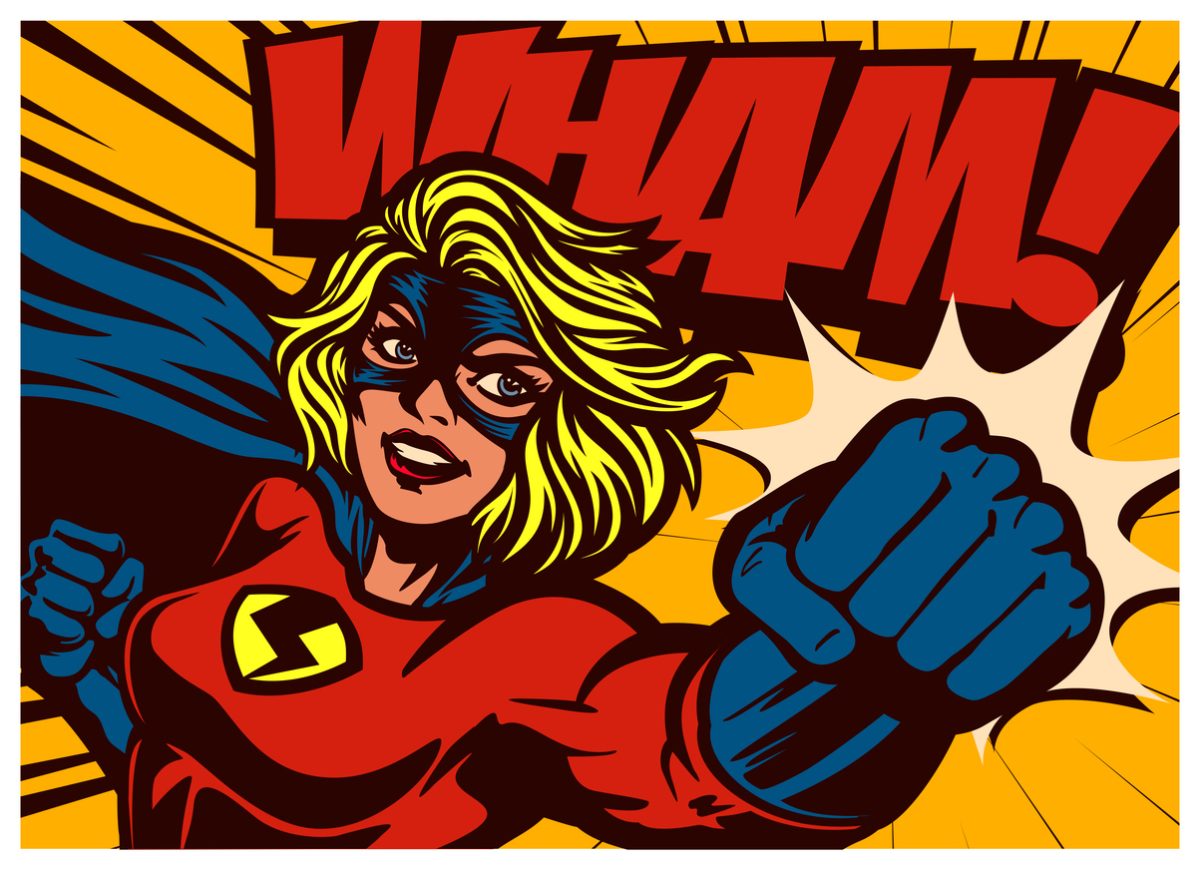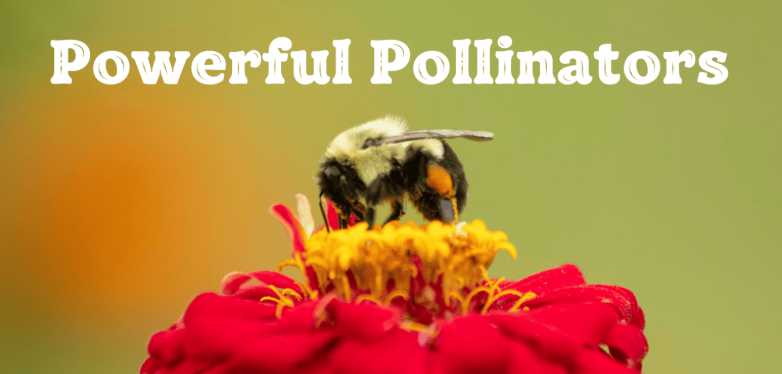Visitors can check out the work of international artists at The Center for Machine Arts this weekend. The artists are the second group of creators who are working during a week-long residency at the Center. Saturday’s art show begins at noon with the reception starting at 5 to 8 p.m. at at 189 North Water Street. The show is open noon to 5 p.m. on Sunday. All week the artists have been creating new work using machines.
Artists include: Martin Bauer, Joel Cammarata, Silvia Lopez Chavez, Andee Collard, Jenn Karson, Finley Killeen, Eddie Serratos, Phirak Suon and Machine Arts Center founder Bre Pettis. What follows are artists statements.
Martin Bauer is a Berlin-based artist known for his abstract art created with industrial machinery and robots. Collaborating with other artists, he fosters creative spaces and embraces old technology. Bauer’s innovative approach pushes artistic boundaries, captivating viewers with the fusion of precision and abstraction. His works have received global acclaim, showcasing his pioneering vision in prestigious galleries. Through his art, Bauer invites audiences to explore the convergence of technology and creativity, where industrial machinery becomes a medium for extraordinary transformation.
Joel Cammarata treats a ‘print’ as anything made with a repeatable mark making action. He combines the use of pen plotters and other mechanical devices with traditional printmaking techniques. With a background in architecture, Joel often starts designing his abstract prints with drafting software, exploring the various textures that can evolve from purely digital origins.
Silvia Lopez Chavez is a Dominican-American visual artist whose collaborative murals aim to forge meaningful cross-cultural connections and transform urban spaces by honoring the identity of a place and its people. At the studio, she explores personal stories of adaptation, assimilation and resilience through painting, printmaking and drawing at the intersection of art and design.

Andee Collard “I use hybrid methods to make analogue paintings and drawings. I employ digital fabrication technology as a tool for exposing new creative methods. My machine’s determination to press on and work is useful to me– I do not want to be bogged down by my own habits and impatience. I’m interested in styles and genre and how things can be sampled and remixed. I’m eager to avoid being pigeon holed into a singular way of working and using machines allows me to produce a diverse range of approaches and outcomes. Modern art has always been in competition with photography, industrial production and the automatically created image. I am taking the industrial and using it as an extension of my visual vocabulary.”
Jenn Karson is an interdisciplinary artist, producer, curator, and educator. Her current work explores climate change through the Damaged Leaf Dataset. Weekly updates from this experiment are posted to Instagram.
Jenn received an MFA from the San Francisco Art Institute in Design + Technology and a BA in Political Science and Environmental Studies from the University of Vermont where she is currently a full time lecturer.
In 2020 Jenn founded the UVM Art + Artificial Intelligence (A.I.) Research Group and since has supervised 20 participating UVM undergraduate and graduate students and alums. Supported by NSF grants, the Vermont Advanced Computing Center, and UVM grants, the group works with Machine Learning models, including GANs and Genetic Algorithms. Committed to the development of rigorous original datasets the group manages multiple datasets while it also develops art installations and outreach programs. Jenn was the Co-Organizer of the 2023 Vermont Creative AI: A Symposium on Art and Artificial Intelligence. Jenn also directs the UVM FabLab, a teaching lab that serves the University of Vermont community, research, and courses. The lab provides tools for innovation and prototyping, including 3D printing, 3D scanning, 3D modeling, laser cutting, and laser engraving.
Finley Killeen is from Vermont where he grew up with a deep appreciation for the outdoors. “I am entering my senior year in the Studio Arts program at the University of Vermont (UVM) with a minor in German. I have a strong interest in industrial design and hope to apply my skills in CAD and CNC to this field after graduation in May 2024. I previously studied Product Design at Drexel University in Philadelphia for a year till I made the decision to transfer to UVM. I have thoroughly enjoyed UVM where I have sharpened my skills and enriched my knowledge of fine and modern art styles; including working closely with Professor Jenn Karson in her CNC lab to create different 3D models both physical and digital, as well as exploring different methods of manufacturing. I am excited to continue this exploration at Bantam.”
Eddie Serratos My favorite part is the process. I want to learn how things work and how things are made. The application is sometimes less important than how and why the process works. This is something that I’ve repeated multiple times using different approaches to making art; master of none? 🙂
Phirak Suon is an architect and designer working in Seattle, WA. He has a background in art, architecture, and digital fabrication. His focus lies in developing tools and processes that enhance the ease and efficiency of creation. He has worked as a technician and production specialist for Emerging Objects at UC Berkeley after receiving his master’s degree in architecture. Phirak has taught courses at Pilchuck Glass School and recent Haubergs residency at Pilchuck. He was also one of the 2018 featured artists in residence at the Tacoma Glass Museum, 2019 artist in residence at the Corning Museum of Glass, and 2022 Fabrication Lab Residency at Haystack Mountain School of Craft.
Bre Pettis is a renowned artist, engineer, and entrepreneur who seamlessly combines art, technology, and innovation. With a varied background of puppetry, photography, drawing, painting and robotics, Bre’s makerly artistic approach explores new territory. His most recent explorations combine luscious line quality with computing power. Utilizing his own dataset of blind contour figure drawings from 2002, Bre employs a Generative Antagonistic Network (GAN) to create captivating new artwork. His unique process merges human imagination with AI-driven generative capabilities, resulting in a harmonious fusion of the organic and the digital. Bre’s plotters serve as both tools and captivating installations. Celebrated internationally, his groundbreaking approach challenges artistic boundaries. With his new initiative, The Center For Machine Arts, Bre is building infrastructure and community to connect artists that make art with machines.


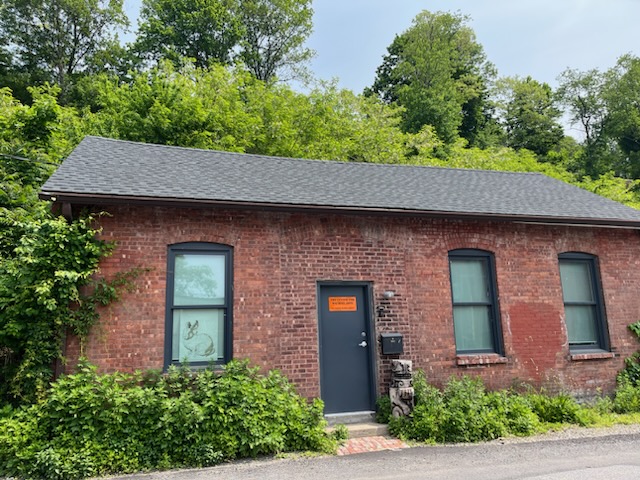
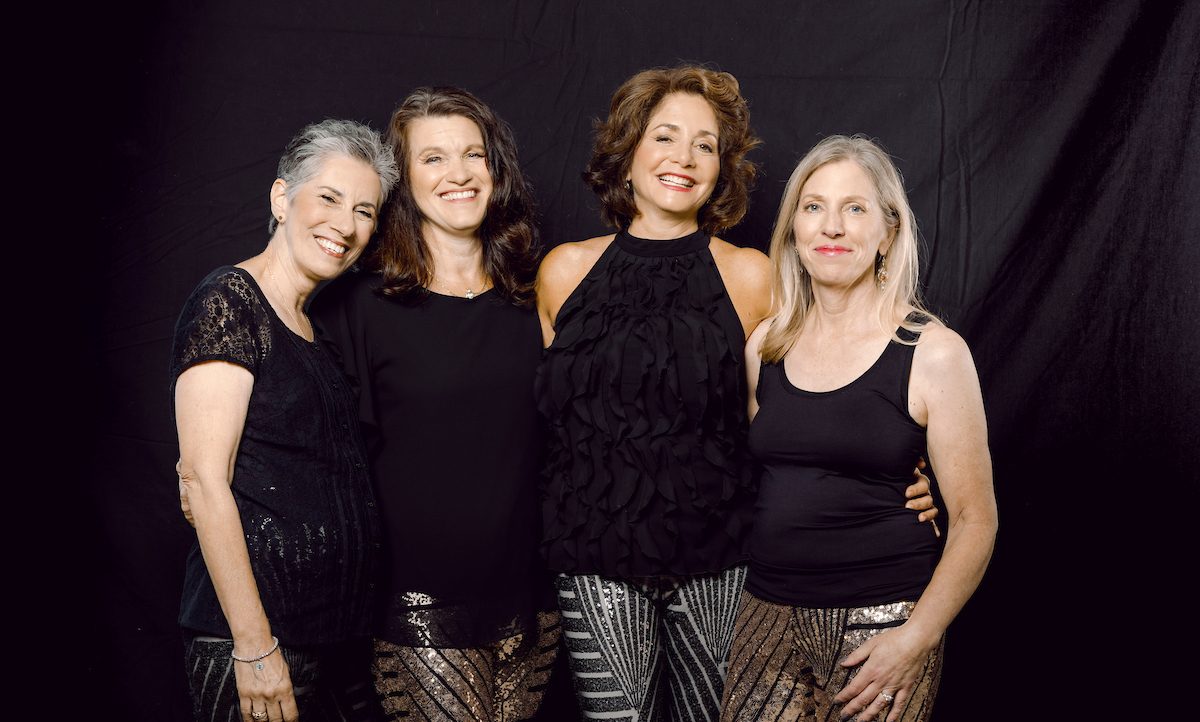

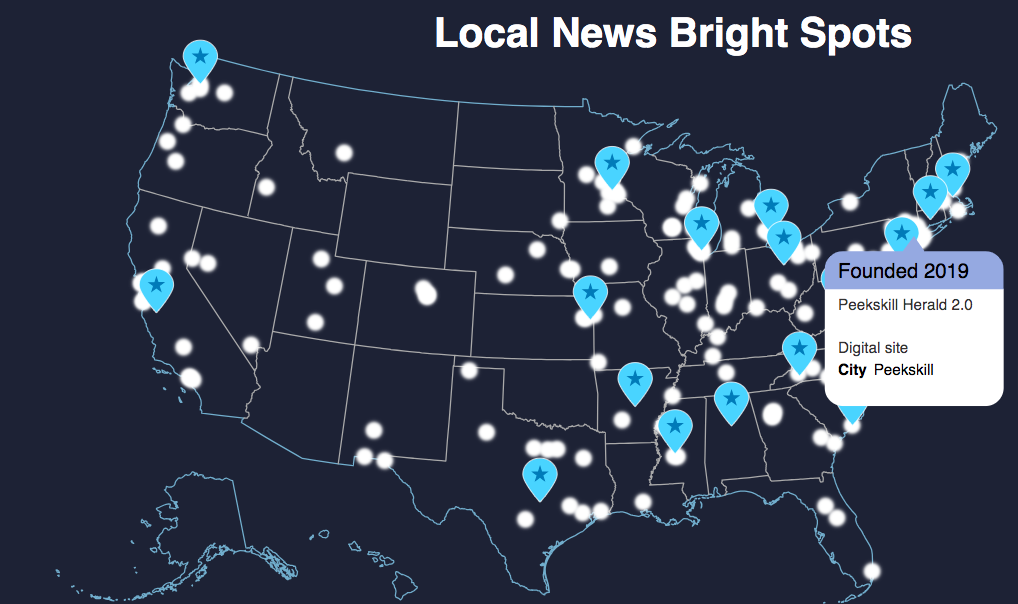
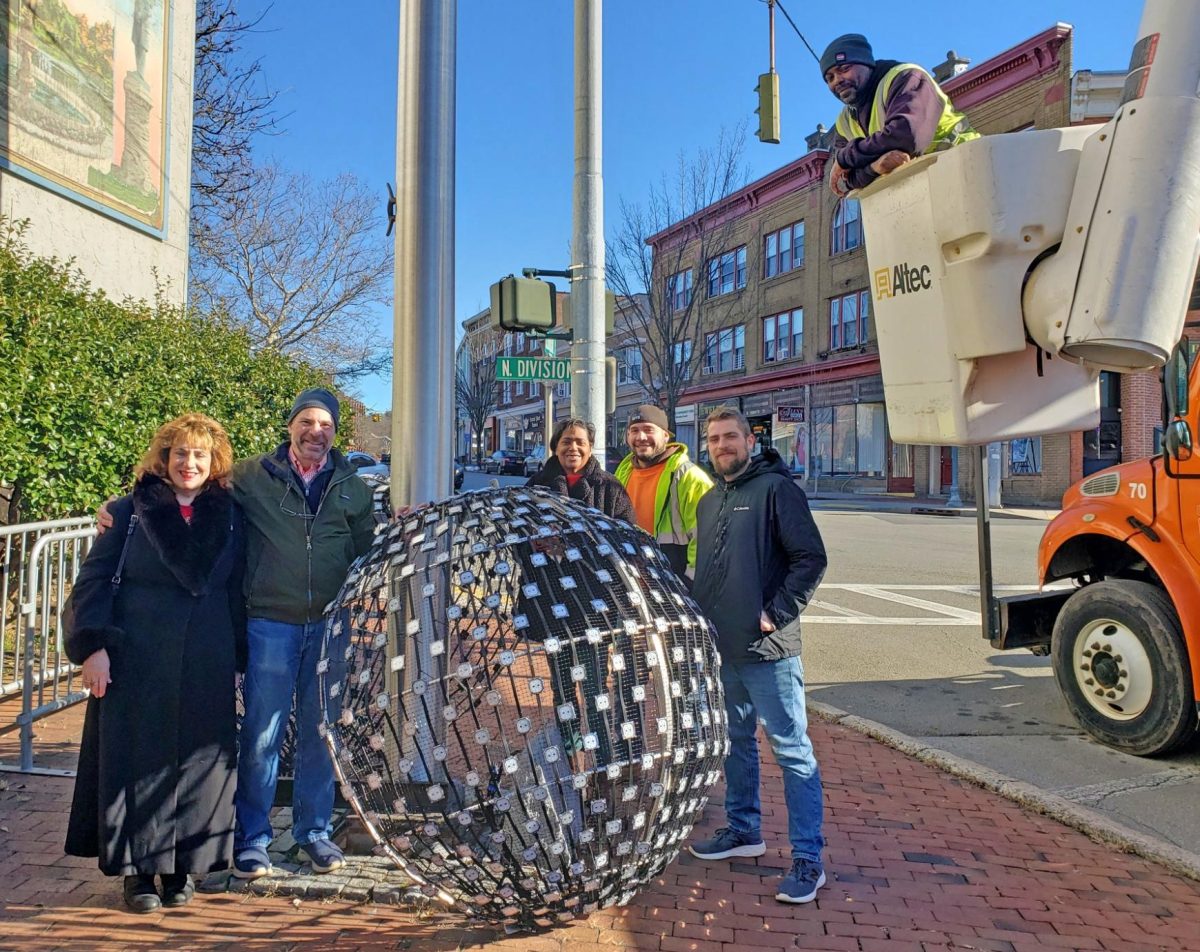



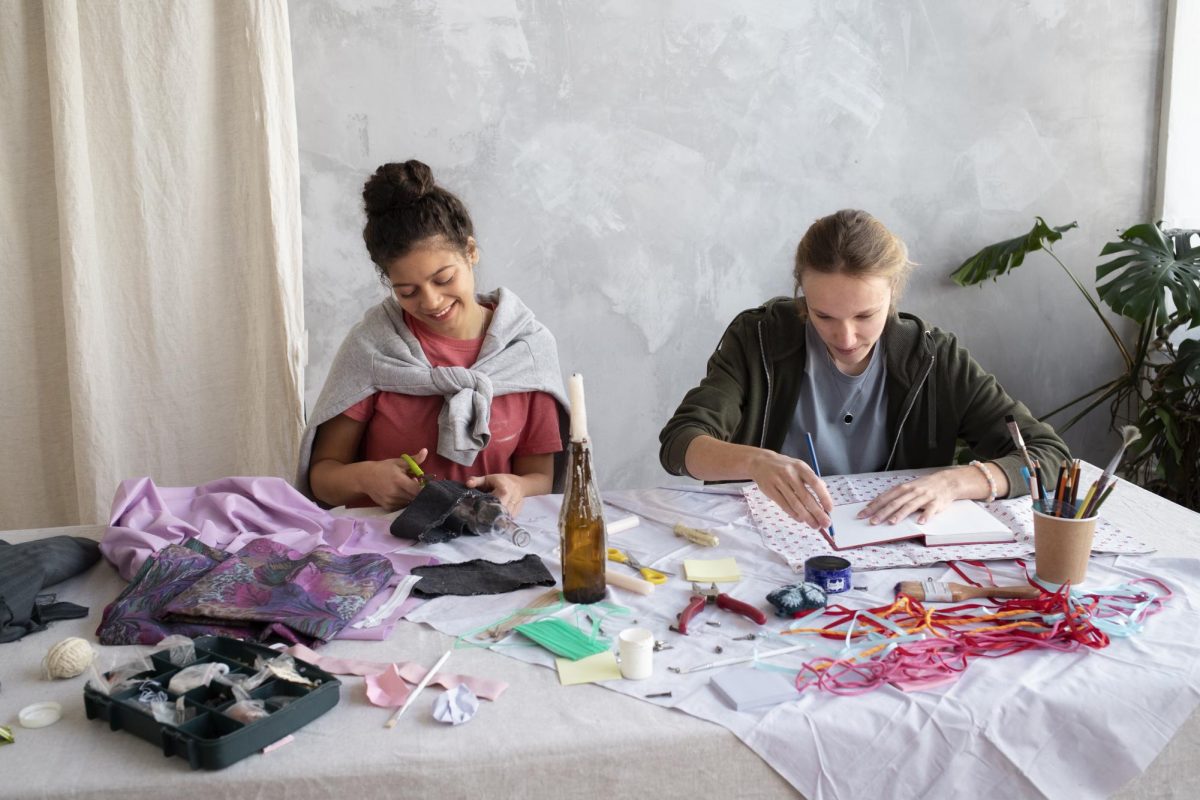
![Collage featuring illustrations of Liss and portraits of performers Karla and Jim Keyes, who bring this historical drama to life. (Fort Montgomery State Historic Site)]](https://peekskillherald.com/wp-content/uploads/2025/06/Collage-1-1200x600.jpg)
